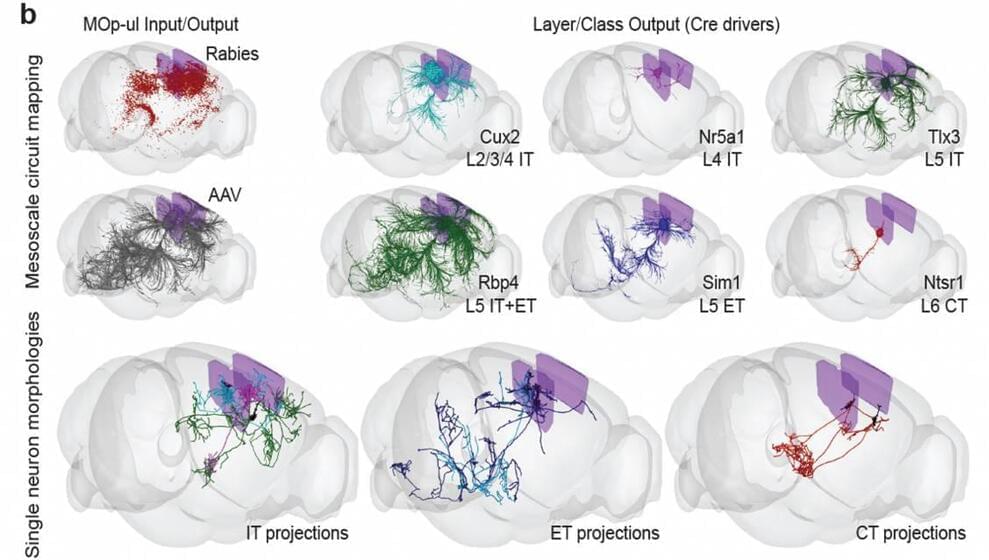🤔Will someone PLEASE get this man a seat on the next REAL SpaceX trip to space as a passenger already!? 🙄🙏
You’ll have to wait ever-so-slightly longer to see Star Trek actor William Shatner head to space. Blue Origin has delayed Shatner’s launch aboard NS-18 by a day to October 13th at 9:30AM Eastern following predictions of strong winds in West Texas. The rough weather was the “only gating factor,” Blue Origin said in a statement, noting that the passengers began their training today (October 10th).
Shatner’s flight is a publicity grab on multiple levels. It’s no secret that Jeff Bezos’ outfit is eager to have Captain Kirk reach space, but Shatner will also be the oldest person to make such a journey at 90 years old. The previous record-setter, aviation legend Wally Funk, traveled aboard a Blue Origin flight at 82 years old. Other passengers include Blue Origin mission VP Audrey Powers and two corporate executives, Planet Labs’ Chris Boshuizen and Medidata’s Glen de Vries.
The timing isn’t great beyond the weather. The liftoff will come just weeks after an essay described a “toxic environment” at Blue Origin, including an alleged reluctance to deal with sexual harassment as well as poor attitudes toward safety, the environment and basic internal criticism. Shatner’s flight might create positive buzz, but it might also paper over issues within Blue Origin’s ranks.









